The Value of Handmade
One of the difficulties that crafters face is how to price their work fairly. Nobody wants to undercharge, especially if it means selling things at a loss, but nobody wants to ask too much either and put customers off as a result.
In my experience, crafters tend towards asking too little for their handmade items, worrying what people will think if they ask for a bit more, or whether it will prevent people from buying the things at all. Crafters often massively underestimate the value of their time and their skills.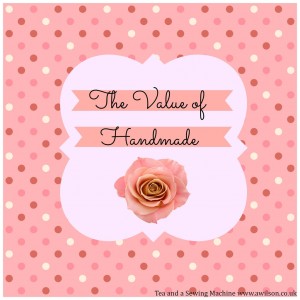
A year or two ago my mother in law and I wandered into a craft fair in Great Yarmouth. MIL knits and makes cards. Her favourite shop is TK Maxx but she’s also addicted to shopping channels so she knows how much craft materials cost.
Among the lovely handmade things and incidental weirdness, there were a couple of people selling hand knitted baby cardigans. One person was selling them for £8 – £12 and the other person was selling hers for £3.50. To which MIL said, “Well, if she’s selling hers for £3.50, why does this other woman think she can charge so much?”
I’m not much of a knitter, although I can knit, mostly because I am the slowest knitter in the world. Yet, I know that even for a speedy knitter, it would probably take at least a couple of evenings to make a little cardigan, and I know what yarn costs.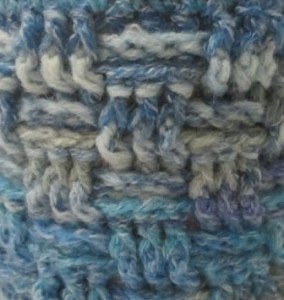
Taking that into consideration, £10 sounds about right, probably more than that if it’s complicated. The lady selling hers for £3.50 was probably not even covering the cost of the yarn, never mind the time they took to make. But while she was charging so little the other baby cardi lady had barely any hope of selling anything, as most people would surely react in the way that my MIL did.
Here’s another example.
A couple of years ago I was reading a card making magazine. The letters page featured a woman who had sold handmade Christmas cards in her local supermarket to raise money for charity.
She had made literally hundreds of cards, each one of them different, and she had sold every last one, raising £200. Studying the photo of her smily self and her cards unfortunately caused the warm fuzzies I was feeling to become an unpleasant taste in my mouth.
I had spotted a sign on her table which read, “Handmade Cards 50p Each”. No wonder she sold them all! If I walked into a card shop wanting to buy a special Christmas card for a close friend or family member, I would expect to pay rather more than 50p. And that would be for a mass produced card.
The idea of selling handmade cards for 50p is lunacy. It would cost more than that to make them, even if she had used paper packs that came free with magazines. She would still have needed to buy cardstock and embellishments, not to mention the time it would have taken to make them.
This makes it very difficult for crafters who try to price their work fairly. While people are so massively underselling themselves, it is much harder for others to ask a fair price for their work.
Of course, crafters underselling themselves is not the only problem. For those of us who can remember a time before foreign imports, “homemade” used to mean “an less expensive version of what you could buy in a shop”. So if there was something you wanted, making it yourself was usually a cheaper option.
But times have changed. Clothes are no longer seen as an investment, made to last providing they are taken care of. Now we can wander into a shop on the high street and pick up a coat for £25 or a dress for £10. The sad reasons for this are that the manufacturers use poor quality materials and the clothes are made by children in sweatshops in China and India where they are paid a pittance.
I could not make a dress for £10. The materials alone would cost more than that. The fabric I used to make my Cherry Blossom Dress was £7 / metre and I used 4 metres. I also used 6 metres of bias tape and an invisible zip. The total cost was in the region of £35, not including the time I spent designing the dress, drafting the pattern, cutting it out and making it up.

A friend of mine makes clothes for herself. She usually uses Colette patterns although she uses others too. Providing she has made a version of it already, she can whip something up in an evening.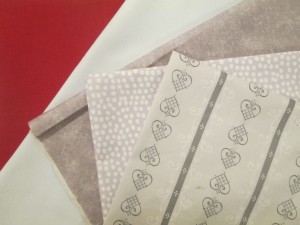
A friend of hers has asked her to make her a dress, but my friend is reluctant to do so. She knows that a fair price, taking into account materials and labour, would be about £60. She could not imagine somebody wanting to pay that much for a dress when they could buy something on the high street for a fraction of that.
Gertie of Gertie’s Makes and Bakes has encountered this problem recently.You can read her blog post in full here. She had made some bags and was selling them on Ebay. A customer contacted her and asked if she would make for her the same bag but in different fabric. As things progressed, it transpired that the customer actually wanted a completely different bag to the “Jenny” bags that Gertie was selling, not just in different fabric but also with more pockets.

Gertie set about designing and making the bag for the customer. As the fabric, extra zips and assorted hardware alone cost more than £25, Gertie charged the customer £40, £15 more than the “Jenny” bags on Ebay. The extra £15 was for 15 hours labour at £1 per hour, even though Gertie says it took her more than 15 hours to design and make the bag.
Unfortunately the customer felt that £40 for a handmade, one of a kind, custom bag, made to her exact requirements and in fabric she chose, was too much. She asked Gertie to lower the price to £30. Believing that her time and her skills are worth more than 30p an hour, Gertie rightly withdrew the bag from sale.
So what is the answer?
I can’t claim to have all the answers, but here are some of them!
Firstly, crafters need ask a fair price for their work. To calculate this, the crafter should take into account how much the item cost to make, including materials, sundries such as thread and tape and wear and tear to tools and equipment, such as a sewing machine. The crafter also need to decide what their time is worth and apply that to the length of time it took to make. Some very good advice on pricing work can be found in Fiona Pullen’s fabulous book, Craft a Creative Business.
The link below is an affiliate link, which means that if you click on the link and make a purchase, I am paid a small amount. Be assured though that I do think actually think that Fiona’s book is fab!
Secondly, the rest of us need to recognise that cheap stuff is cheap for a reason. Poor quality, mass produced junk made by the poorest people in some of the poorest regions of the world, including children, is often the reason.
It’s no good expecting a handmade item to cost less than a mass produced version of something similar.
We all need to stop thinking about handmade in terms of what we would pay for mass produced tat and more in terms of what we would pay for designer gear, one offs and custom made items.
This is why handmade is a better word here than homemade. Homemade implies something cheaper than store bought. Handmade means something else entirely.
Handmade means something that is one of a kind or one of a limited number. With a handmade dress, you can walk down the street and not pass 14 people all wearing the same outfit as you.
Handmade means something that fits, or that meets your needs perfectly and in a way that you like.
Handmade usually means that less people have been exploited. I don’t know anything about fabric production and I acknowledge that there may be exploitation going on here too.
Handmade means something has a story, a reason behind it, and often an opportunity to find that out from the person who made it.
This is the value of handmade.

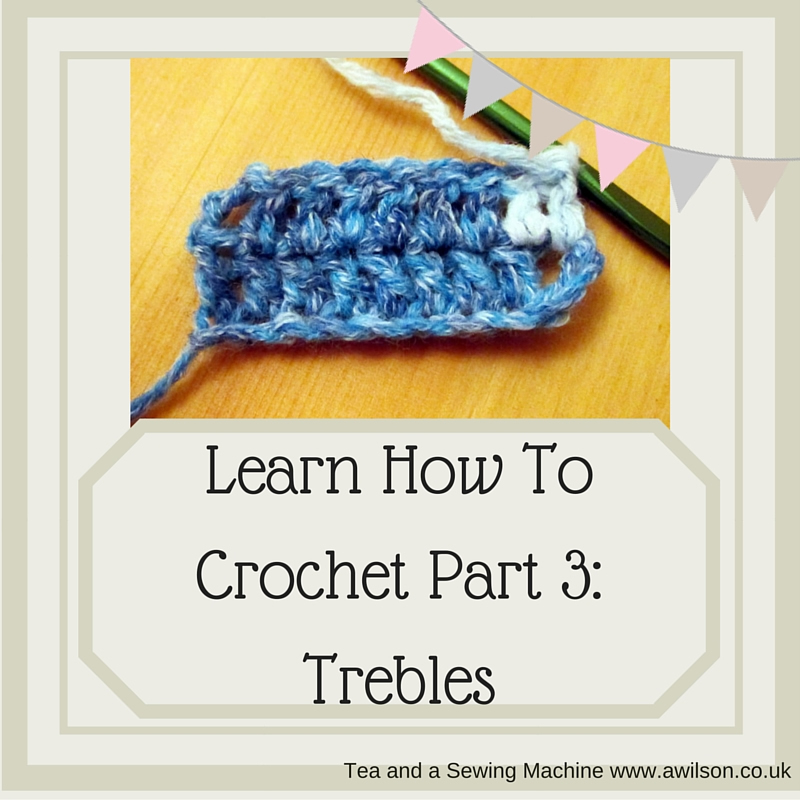
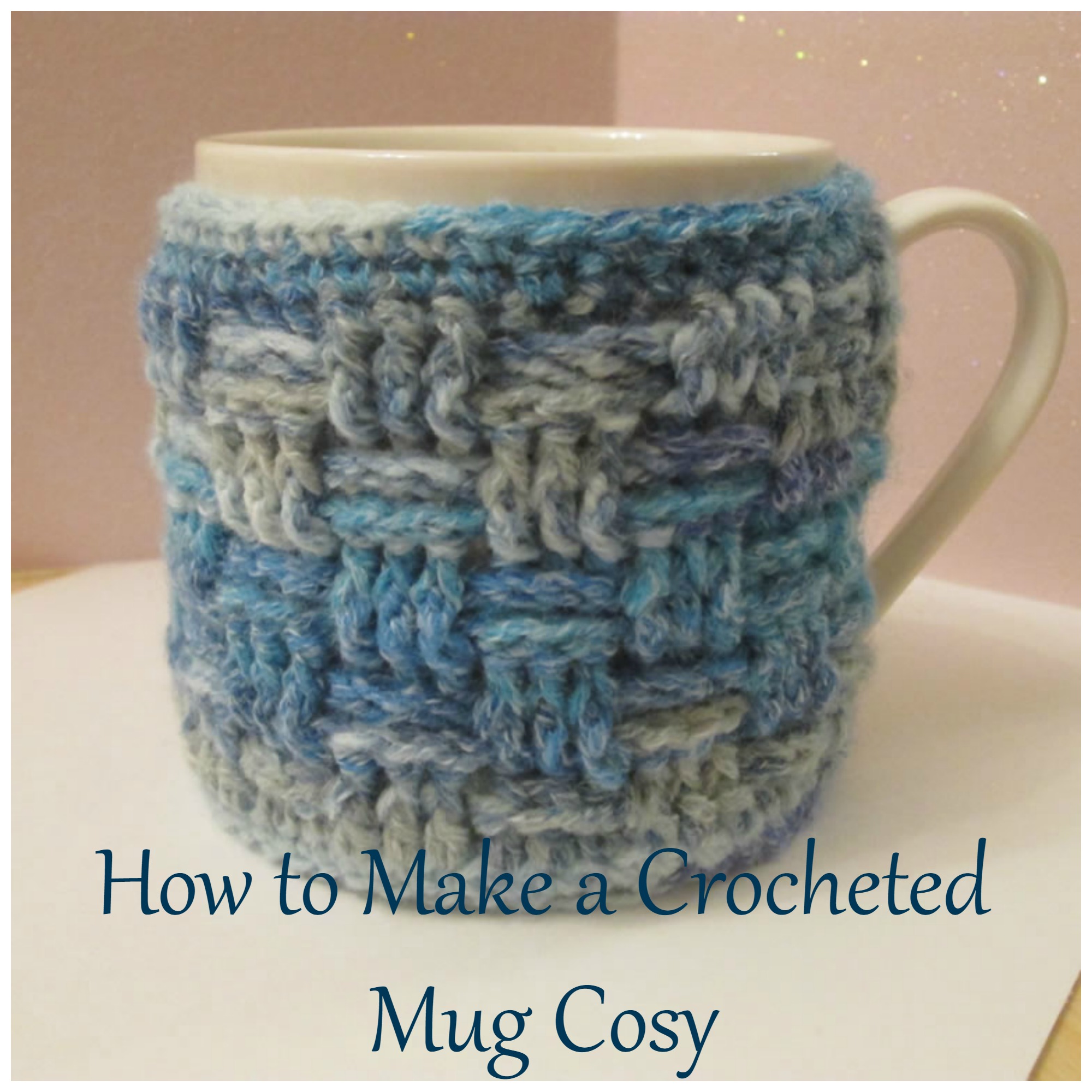

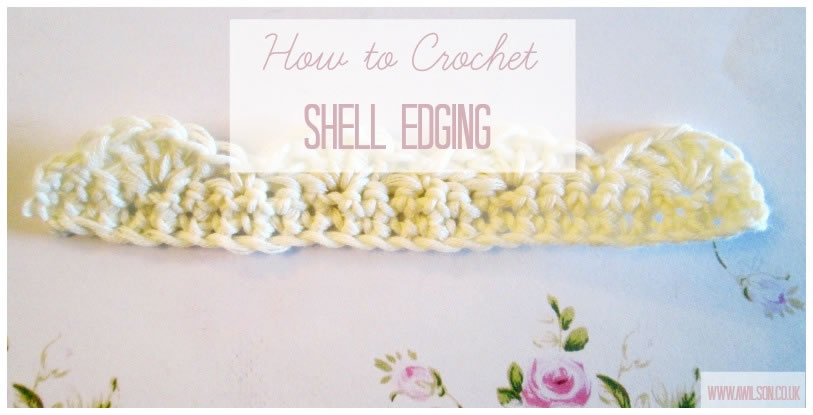
Great post and thank you very much for mentioning my book.
We do need to try and change people’s thinking about handmade, I think so many non-crafters have no concept of the time and work that goes into making things.
Thanks Fiona. I’m finding your book very useful 🙂
Thank you so much for linking up with Seasons on Saturday! You were featured this week! Please come visit tomorrow to share more!!
Abbi @ Seasons of a Homemaker
Yay, thank you!
I for one LOVE handmade clothing and even made a few of my own until my machine died! I need a new one! haha! Thanks for linking up! #MMWBH
I love it too, it’s nice to have stuff that fits properly 🙂
A very thoughtful and perceptive post. I’m nearly in a position where this is going to be relevant. Impossible to compete with hobby crafters and cheap imports.
It is extremely difficult.
This is a thought-provoking post, to be sure. As a crafter, I’ve never tried selling my items, but I can see the need to price fairly. As an attender of craft fairs, you’ve given me a new perspective. Thanks!
Thank you Sarah
Interesting read, have to admit I have given up on craft fairs. It is so disheartening when people undersell their work.
It’s interesting to hear other people’s thoughts on this 🙂
Well said! I completely agree. Potential consumers of handmade goods also should consider that they are also purchasing an individually crafted piece of artwork as well whether it be a dress or piece of ceramic. Great article!
I hadn’t thought of it like that but you’re right, a handmade dress or bag is just as much a piece of handcrafted art as a pot or a picture.
Such an interesting post, I personally struggle internally with my pricing and I know I’m not the only one.
I struggle with it too! It’s hard when you know that stuff on the high street is so cheap.
All what you say is true, and why I stopped doing craft fairs. Couldn’t bear sitting hours not selling, while also knowing that I was also undercharging.
It’s difficult isn’t it? That’s one of the reasons why I haven’t tried craft fairs.